


xxxxxThe
experienced explorer Sir John Franklin set out to find the
Northwest Passage in 1845.
His expedition, made up of two ships and a crew of 128, made it as
far as Lancaster Sound, but then was never seen again. Many search
missions were sent out, but it was not until 1859 that the bodies
of some of the crew were found on King William Island. An account
of the voyage, found on one of the men, revealed that the
expedition had reached Victoria Sound, about half way between the
Atlantic and the Pacific, but that the ships had then become ice-
SIR JOHN FRANKLIN 1786 -
Acknowledgements
Franklin: detail,
lithograph by the Belgium printmaker Louis Haghe (1806-
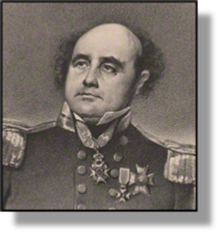 xxxxxJohn Franklin joined the Royal Navy as a lad of 14,
and the following year was a member of the expedition, led by his
cousin Matthew Flinders, which circumnavigated Australia. He
returned in time to serve in the Battle of Trafalgar, and after an
abortive attempt to reach the North Pole in 1818, he led two
expeditions across Canada during the 1820s, travelling from the
western shore of Hudson Bay to the Arctic Ocean, and then
exploring Canada’s north-
xxxxxJohn Franklin joined the Royal Navy as a lad of 14,
and the following year was a member of the expedition, led by his
cousin Matthew Flinders, which circumnavigated Australia. He
returned in time to serve in the Battle of Trafalgar, and after an
abortive attempt to reach the North Pole in 1818, he led two
expeditions across Canada during the 1820s, travelling from the
western shore of Hudson Bay to the Arctic Ocean, and then
exploring Canada’s north-
xxxxxBut Franklin’s days as an explorer were not over. Because of his wealth of experience in arctic regions, and his proven leadership qualities, in 1844 he was chosen by the British Admiralty to lead yet another expedition in search of the allusive Northwest Passage, aimed at opening a route from the Atlantic to the Pacific Ocean via an arctic waterway north of Canada. In May of 1845 he sailed from England with two ships, the Erebus and the Terror, and a crew of 128 officers and men. They reached the entrance to Lancaster Sound two months later, where they were sighted by British whalers hunting north of Baffin Island, but after that they were never seen again.
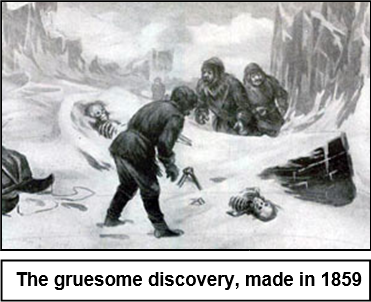 xxxxxWhat actually befell that ill-
xxxxxWhat actually befell that ill-
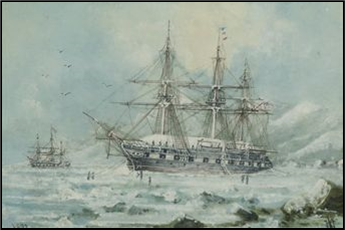
xxxxxAccording
to this account, the expedition had wintered at Beechey Island
over the winter of 1845-
Including:
The Arctic
and Antarctica

Va-
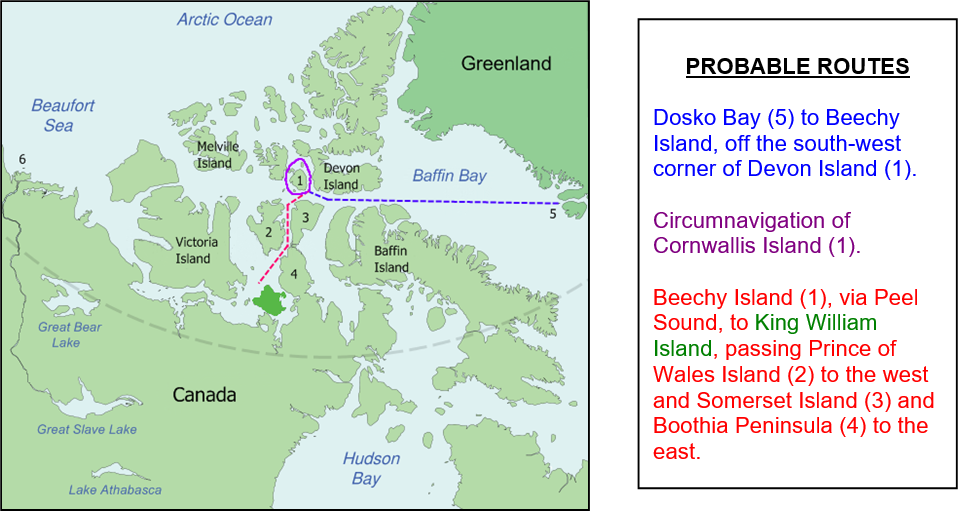
xxxxxIncidentally, an investigation into the tragedy suggested that
during their fatal march south some of the crew had resorted to
cannibalism, eating the flesh of men who had died en route. And
post-
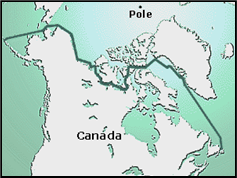 xxxxxNotxsurprisingly, the fate
of Franklin’s expedition focused attention once again on the
Northwest Passage, that
route across The Arctic
which the best of navigators, including John Cabot, Martin
Frobisher, John Davis, Henry Hudson and William Baffin, had failed
to achieve. The
first man to make the crossing, in fact, was the Irish explorer Robert McClure (1807-
xxxxxNotxsurprisingly, the fate
of Franklin’s expedition focused attention once again on the
Northwest Passage, that
route across The Arctic
which the best of navigators, including John Cabot, Martin
Frobisher, John Davis, Henry Hudson and William Baffin, had failed
to achieve. The
first man to make the crossing, in fact, was the Irish explorer Robert McClure (1807-
xxxxxThexNortheast
Passage, which was attempted among others by Richard Chancellor,
Willem Barents and Henry Hudson, was conquered much earlier. After
making two preparatory voyages in the mid-
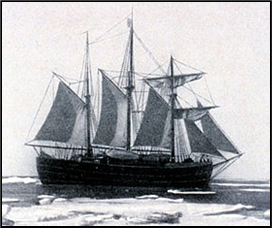 xxxxxAs we have seen, an attempt to reach the North Pole
was made as early as 1806 by the English whaler William Scoresby.
He reached within 510 miles of the pole. Then the English explorer
William Parry penetrated even further in 1827 and, four years
later the Englishman James Clark Ross discovered the north
magnetic pole. Thexnext attempt was not
made until 1879. Led by an
American naval officer, George Washington
Delong (1844-
xxxxxAs we have seen, an attempt to reach the North Pole
was made as early as 1806 by the English whaler William Scoresby.
He reached within 510 miles of the pole. Then the English explorer
William Parry penetrated even further in 1827 and, four years
later the Englishman James Clark Ross discovered the north
magnetic pole. Thexnext attempt was not
made until 1879. Led by an
American naval officer, George Washington
Delong (1844-
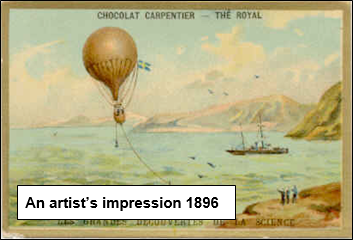 xxxxxFourxyears later a Swedish
engineer named Salomon
August Andrée
(1854-
xxxxxFourxyears later a Swedish
engineer named Salomon
August Andrée
(1854-
xxxxxDuring the late 1830s expeditions were sent to Antarctica by France, Britain and the United States, led respectively, as we have seen, by Jules Dumon d’Urville, James Clark Ross, and Charles Wilkes. However, until the turn of the century there was no intensive exploration in the region, nor any serious attempt to reach the South Pole. The main activity was seal and whale hunting on the fringes of the continent. Then, during the first decade of the 20th century a number of explorers led national expeditions into the interior, including the Englishman Robert Falcon Scott, the Scotsman Ernest Henry Shackleton, the German Erich von Drygalski, and the Frenchman Jean Baptiste Charcot. In 1909 Shackleton came within 97 nautical miles of the pole.


